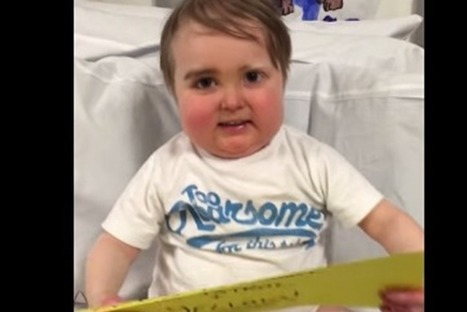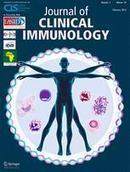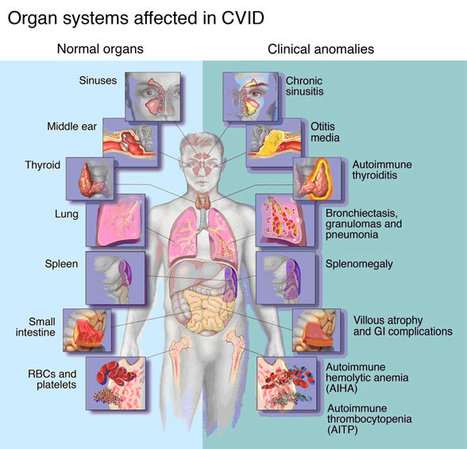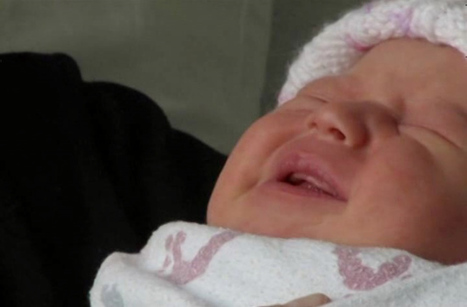A 5-year-old boy confined to a hospital room due to SCID (a rare immune disorder) is asking people to wear yellow in a show of support before his next operation — and the response on social media has been overwhelming, his family says.
Research and publish the best content.
Get Started for FREE
Sign up with Facebook Sign up with X
I don't have a Facebook or a X account
Already have an account: Login
Latest advances in immunopathology diagnosis and treatment
Curated by
Alfredo Corell
 Your new post is loading... Your new post is loading...
 Your new post is loading... Your new post is loading...
|
|





















He asked supporters to wear his favorite color on March 27, before he undergoes a second bone marrow operation, and post the photos online with the hashtag #WearYellowForSeth. Seth’s family, from Northamptonshire, England, has been chronicling his time at the hospital on their blog, “Our Little Hero.”